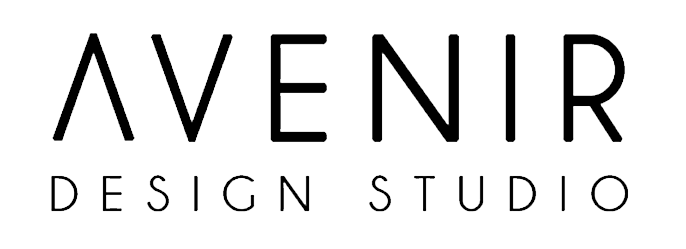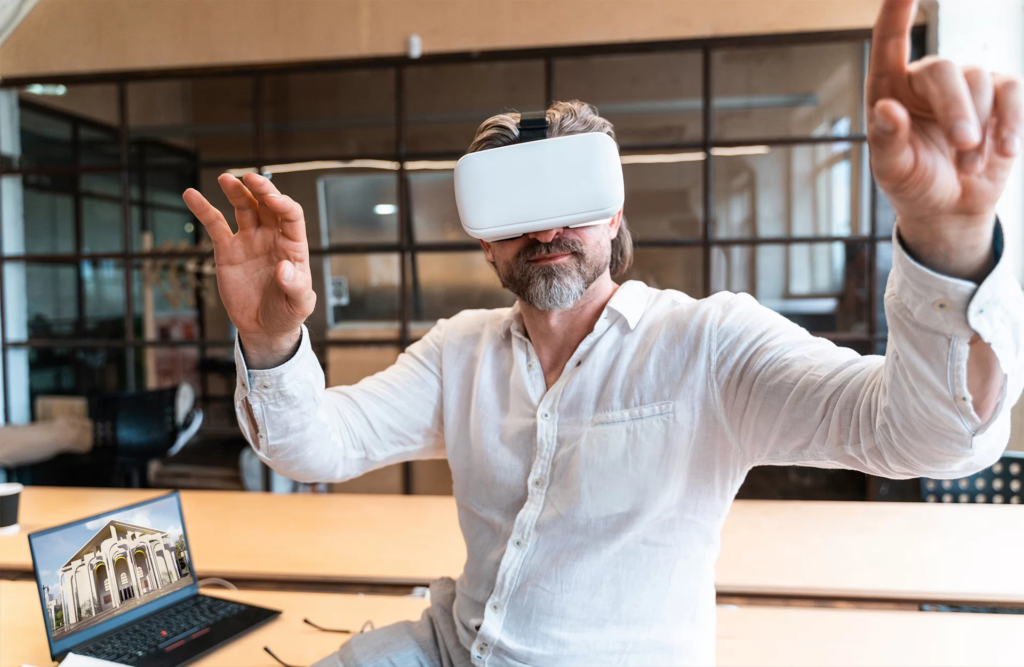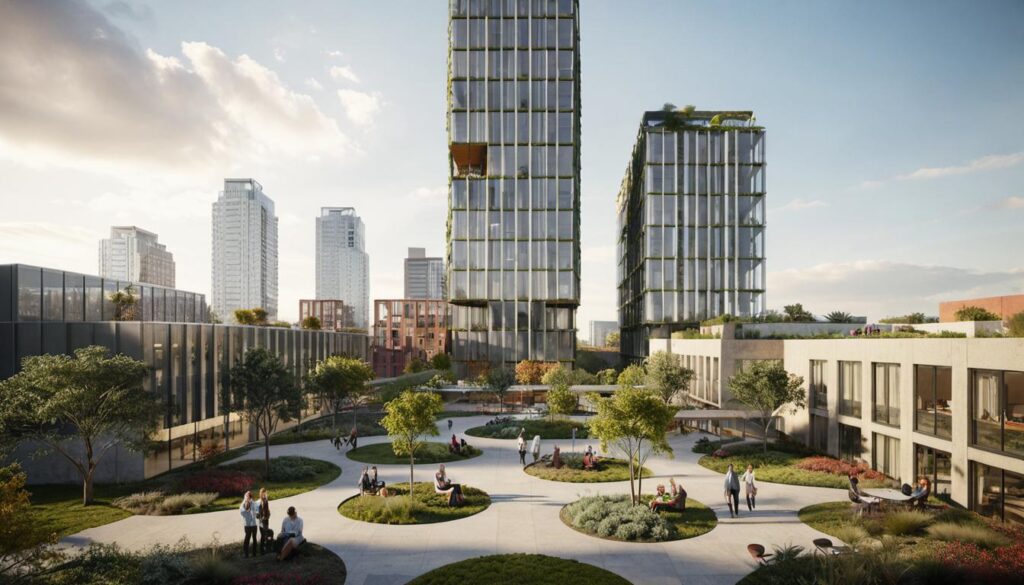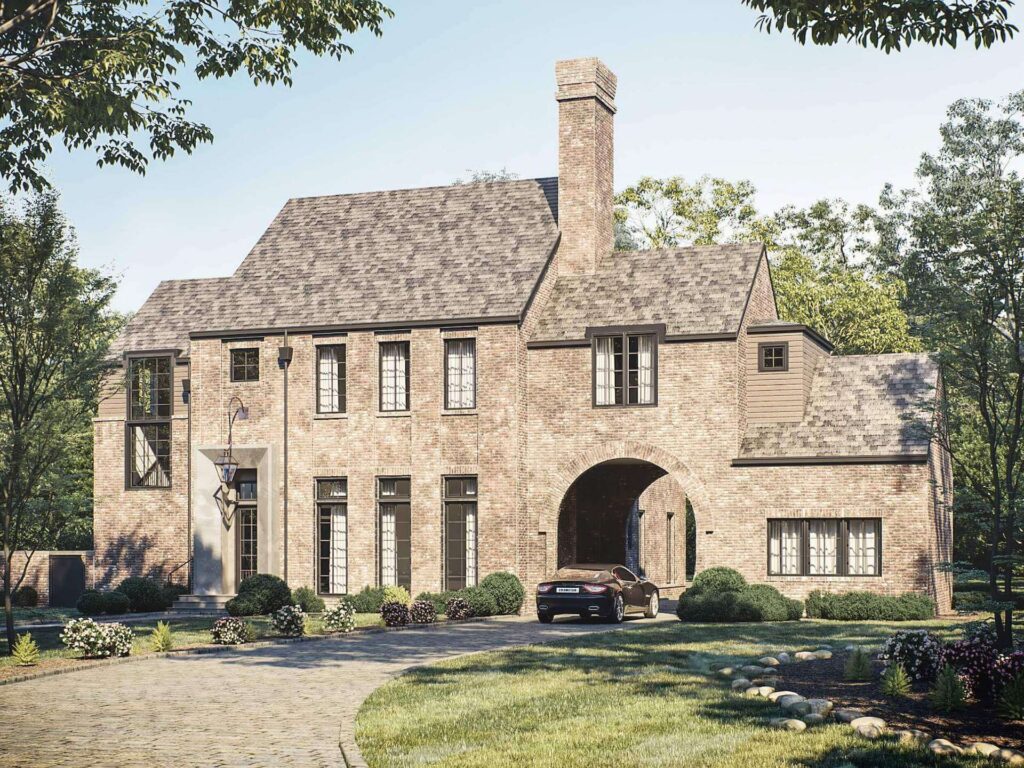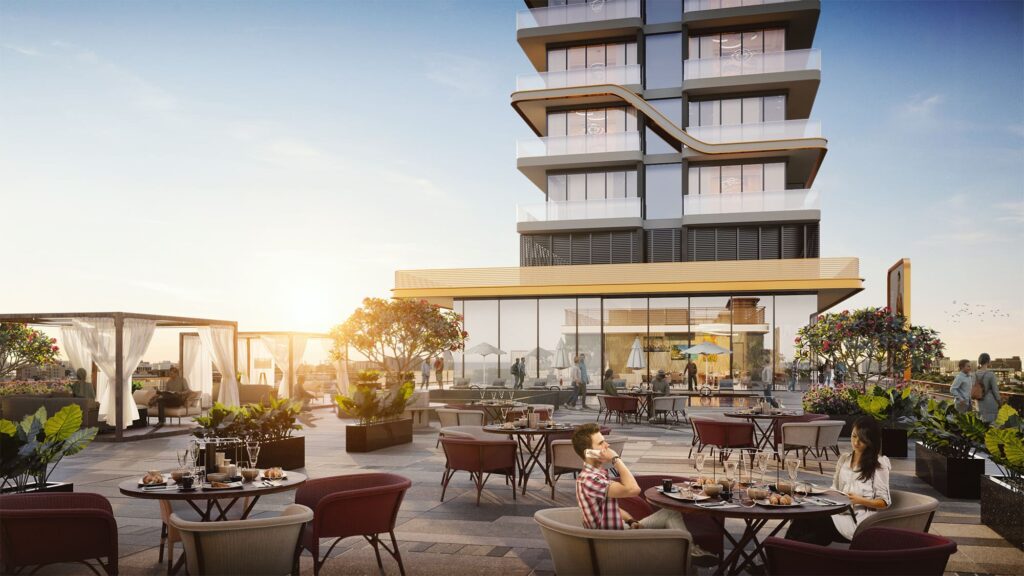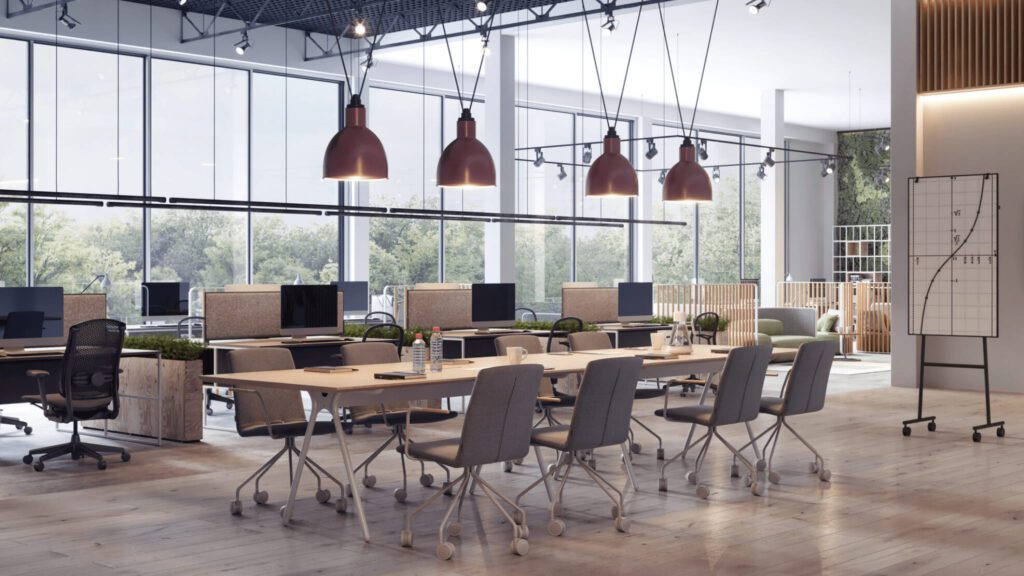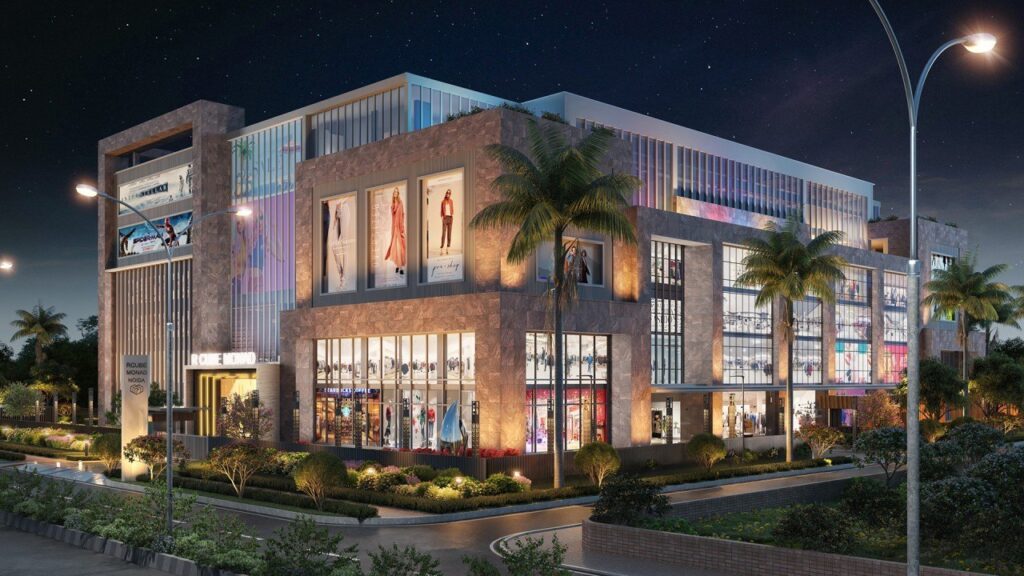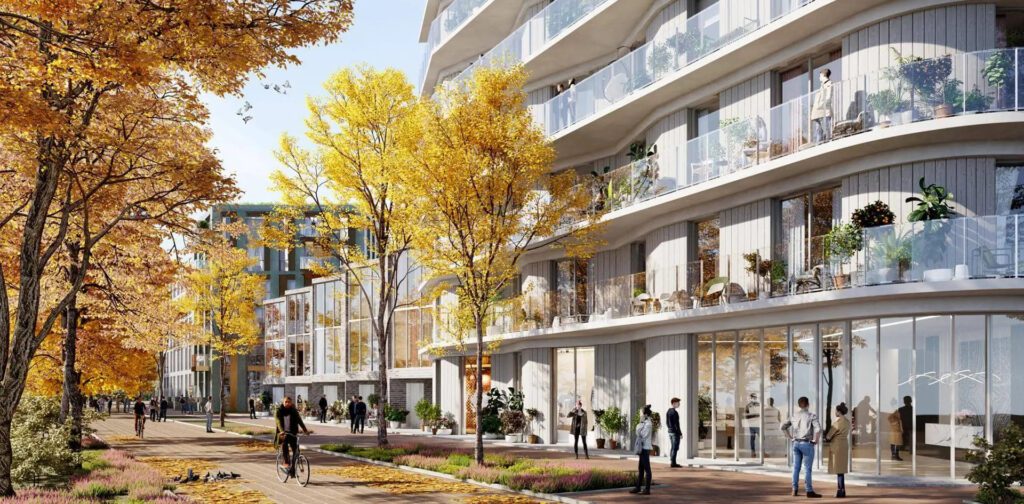Architecture has always been a field where innovation and technology go hand in hand. Over the years, architects have utilized various tools and techniques to bring their designs to life. However, one technology that has had a profound impact on modern architecture is Virtual Reality (VR). With VR, architects can now step into a whole new dimension, immersing themselves and their clients into a virtual world that brings designs to life like never before. In this blog, we will explore the role of virtual reality in modern architecture, its benefits, and the implications it holds for the future of architectural design.
1. Enhancing Visualization and Design


Virtual Reality enables architects to visualize and experience their designs in a fully immersive and interactive manner. By leveraging VR tools and software, architects can create digital representations of their designs and explore them in a 3D environment. This not only aids in better visualization but also allows architects to make informed decisions, fine-tune design elements, and identify potential flaws or improvements.
2. Client Engagement and Communication


One of the significant advantages of VR in architecture is its ability to enhance client engagement. Traditional 2D drawings or static 3D models can be challenging for clients to grasp and fully understand. With VR technology, clients can step into a virtual representation of the proposed design, walk through the virtual spaces, and experience the project firsthand. This immersive experience bridges the communication gap between the architect and the client, leading to better feedback and more streamlined decision-making processes.
3. Improved Collaboration and Coordination


Virtual Reality also revolutionizes collaboration within the architectural industry. Architects, clients, and other stakeholders can meet and interact in the virtual world, regardless of their physical location. VR platforms provide real-time collaboration features, allowing multiple users to make adjustments, discuss changes, and visualize the impact of design decisions collectively. This fosters a more collaborative and efficient workflow, streamlining the coordination process between different project teams and reducing the likelihood of errors or conflicts.
4. Cost and Time Savings
Incorporating Virtual Reality into the architectural design process can result in significant cost and time savings. With VR, architects can identify design issues or conflicts in the early stages, avoiding costly redesigns or rework. Virtual walkthroughs and simulations also help in identifying and rectifying potential construction problems, saving time and resources during the construction phase. Additionally, using VR to showcase designs to clients reduces the need for costly physical prototypes, making the overall design process more cost-effective.
5. Environmental Considerations
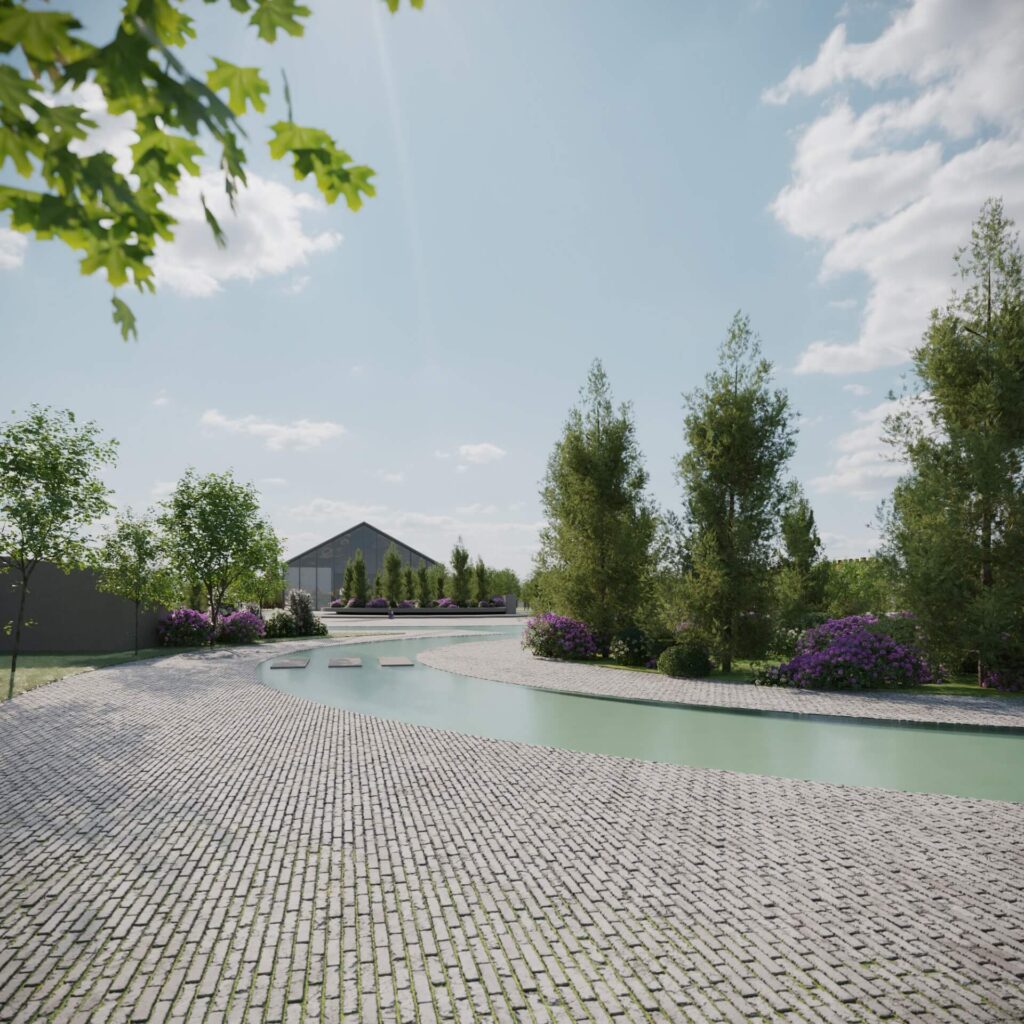

Virtual Reality can contribute to sustainable architecture by minimizing the need for physical prototypes and reducing environmental waste. Instead of building life-size mock-ups, architects can use VR to create realistic simulations that provide the same level of visualization without any physical materials. Additionally, VR allows architects to test and analyze the energy efficiency of a design, optimizing and making necessary adjustments to reduce a building’s energy consumption.
As technology continues evolving, Virtual Reality is reshaping how architects design, communicate, and experience buildings. It has become an indispensable tool in modern architecture, improving visualization, client engagement, collaboration, and overall design quality. By embracing Virtual Reality, architects can unlock the full potential of their designs, push the boundaries of creativity, and create transformative built environments. The role of Virtual Reality in architecture is destined to grow, opening up new possibilities and shaping the industry’s future.
Avenir Design Studio
Avenir Design Studio offers cutting-edge 3D rendering services that bring architectural visions to life with exceptional detail and realism. Specializing in immersive visualizations, their expert team transforms concepts into tangible realities. Utilizing state-of-the-art technology, Avenir ensures clients experience unparalleled quality and accuracy in their architectural projects, setting new standards in design innovation.
Are you looking for 3D rendering services to enhance and showcase your architectural projects? Reach out to us now for top-notch 3D rendering services, offering premium CG animations, as well as AR or VR all at affordable prices!
